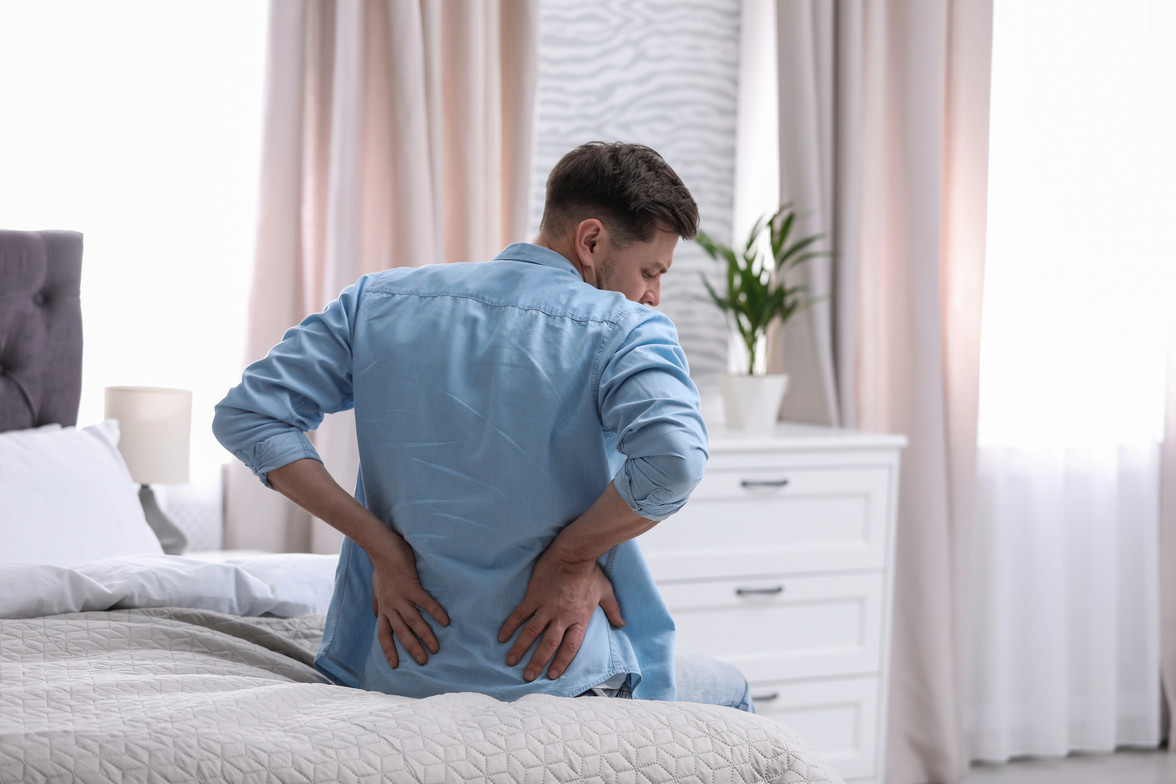
If you've ever experienced sudden low back pain—whether from getting out of bed or simply standing up from the couch—you know how quickly frustration can set in. Despite staying active and prioritizing your health, back pain can strike unexpectedly. So, what causes this, and more importantly, what can you do about it?
At Shaw Spine & Sport, we specialize in helping people like you return to a pain-free lifestyle. Let’s break down the key steps to help you understand and manage your back pain, so you can get moving again.
1. I’ve Just Hurt My Back! What Should I Do Now?
The natural response to a back injury is often rest, ice, heat, or reaching for over-the-counter pain medications. While these can provide temporary relief, they aren't always the most effective solution for long-term healing. The real secret to recovery is movement.
Why Movement Matters
Although it may feel instinctive to avoid movement after an injury, staying active—even with light, low-intensity movements like walking—can actually speed up your recovery. Movement promotes blood circulation, reduces stiffness, and prevents muscle weakening, all essential components for healing.Start slow if needed. Even short walks can be beneficial, and gradually increasing your activity level will help your body heal faster. Just be sure not to push yourself too hard—listen to your body.
2. Why Did This Happen?
Back pain can stem from a variety of factors, including stress, poor sleep, poor posture, or even poor nutrition. It’s important to remember that even people who are generally active and work out regularly can experience back pain.Your pain might not be a sign of a serious injury. If there wasn’t a specific trauma or accident, lifestyle factors, mental health, and how you move throughout the day could be contributing to your discomfort.3. How Can I Fix This?Now, let’s talk about solutions—getting you back to feeling like yourself and enjoying the activities you love. Start by focusing on core stabilization exercises and slowly increasing the intensity of your movements. Don’t rush into heavy lifting just yet; progress at a pace that feels right for you.
3-Step Recovery Plan:
- Step 1: Start with light walking. This is key to restoring mobility, reducing stiffness, and getting your body moving without putting too much strain on your back.
- Step 2: Gradually reintroduce activities you enjoy, but at a lower intensity. Be sure to take frequent rest breaks to avoid overloading your back too soon. Progress slowly and don’t rush the process!
- Step 3: Begin to increase the intensity or load by about 5% each week. Whether it’s running, lifting, or tackling daily tasks, gradually rebuilding strength will help you avoid reinjury.
Watch the video to see one of our top prescribed exercises for low back pain.




